Total Solar Eclipse (April 8, 2024)
We observed the total eclipse from the same location as the annular eclipse: in Kerrville, TX, where the two paths crossed. We also had another eclipse event at the PV Solar Observatory, which was well-attended in spite of the cloudy and, at times, rainy conditions.
Most of the images were obtained with a SeeStar S50 smart telescope, with a few captured through the eyepiece of a 4.5-inch telescope. The weather was mostly cloudy to overcast throughout the event. The partial phases from first contact to totality were well captured.
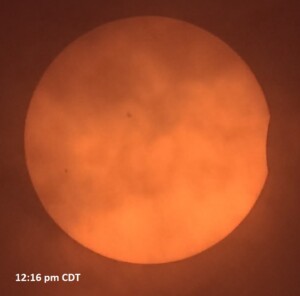 |
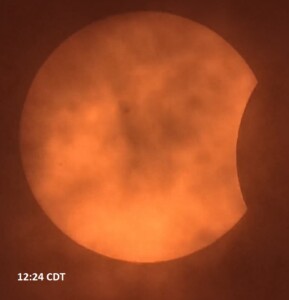 |
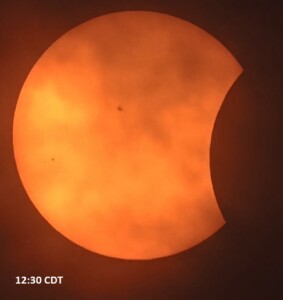 |
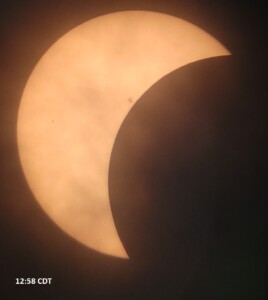 |
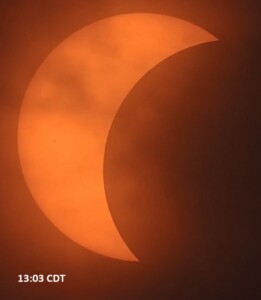 |
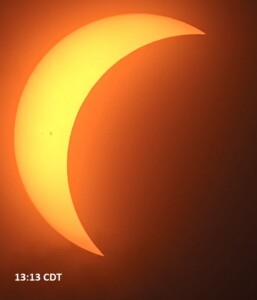 |
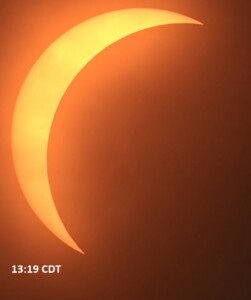 |
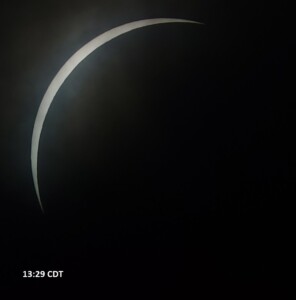 |
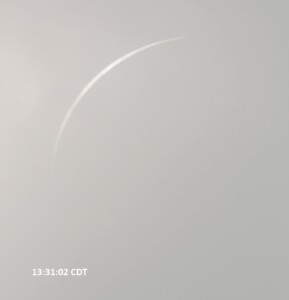 |
Totality was largely obscured by clouds, but we obtained some images from a friend observing from Fredericksburg, TX. He was using an identical setup as the one I was using.
Total eclipse images courtesy of Tim Robertson.
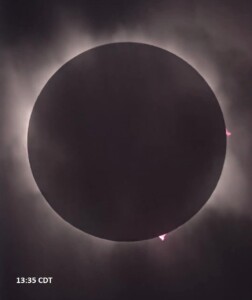 |
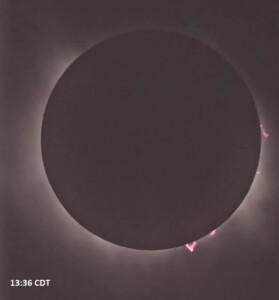 |
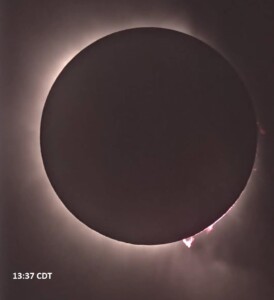 |
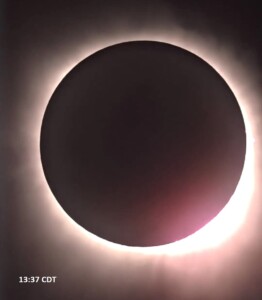 |
Finally, only the first part of the second half of the partial phases was captured, as clouds completely closed off the sky and some rain began to fall.
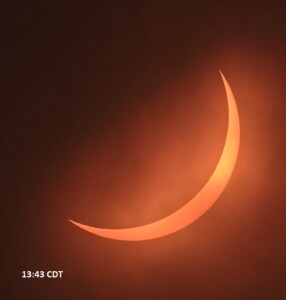 |
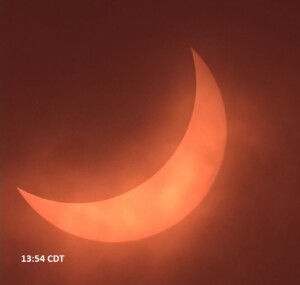 |
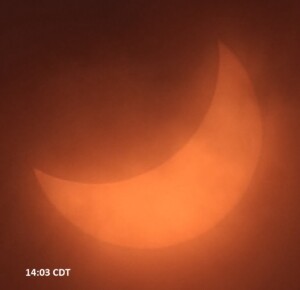 |
Locations north and east along the path had much better weather for this event. But in many cases, even those who were plagued by clouds were able to get unique views of this event.
The highest resolution images (very likely) ever captured of a total solar eclipse (the April 2024 event) can be viewed from this HDR astrophotography website. The detail n these images is extraordinary! One can see craters on the moon (the tiny bright dots) as well as other lunar surface features; lots of fine detail in the corona, prominences (the pink objects) at high definition; and many stars (and a red comet!) in the background.
———————————————————————————–
Annular Solar Eclipse (October 14, 2023)
We observed the annular eclipse on 14 October from Kerrville, Texas. In addition, there was an event at the observatory on campus where over one hundred people enjoyed a deep partial solar eclipse. A sample of the images of the annular eclipse appears immediately below.
The campus event page can be found at https://www.pvamu.edu/blog/solar-eclipse-to-raydiate-pvamu-campus-with-cosmic-brilliance-on-oct-14-public-welcome/.
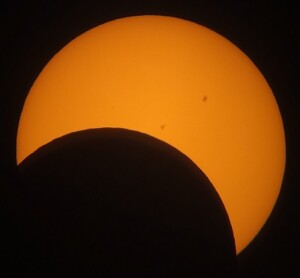 |
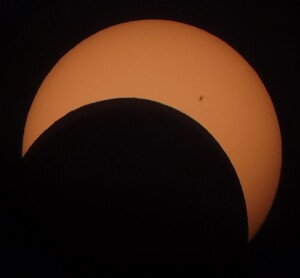 |
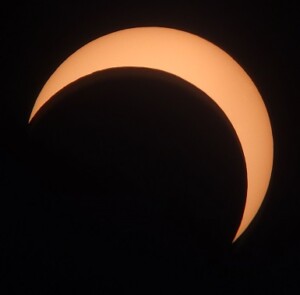 |
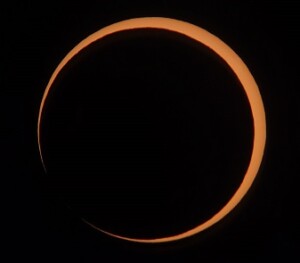 |
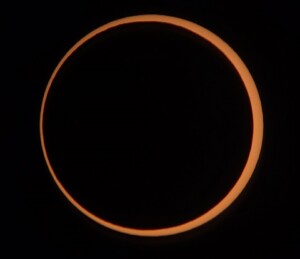 |
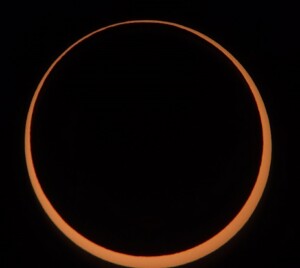 |
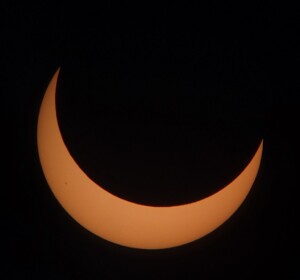 |
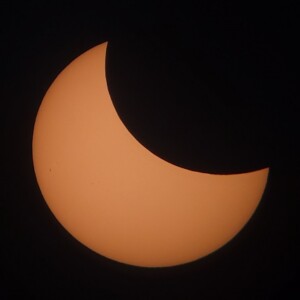 |
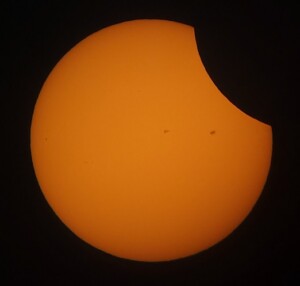 |
————————————————————————————————————
Total Solar Eclipse (August 21, 2017)
Last year, Monday, August 21, the continental United States enjoyed its first total solar eclipse since February 26, 1979. It was also the first coast-to-coast total solar eclipse in 99 years. A number of websites carried helpful information about where to go, what you can see, etc. With “The Great American Eclipse” now history, we are looking forward to the next one to cross the Continental United States, almost exactly six years away on April 8, 2024.
Brian Cudnik went to Casper, Wyoming to watch and image the event. Some of the images are provided below. All images were recorded by Mr. Cudnik except for the totality/diamond ring image (bottom center) which is courtesy of Steve Goldberg.
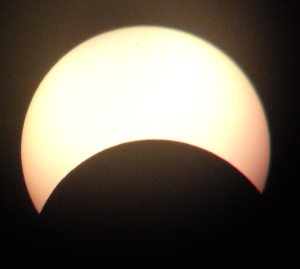 |
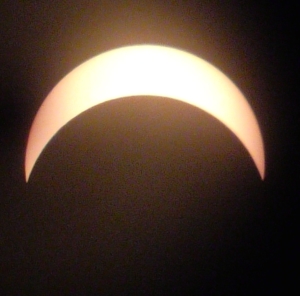 |
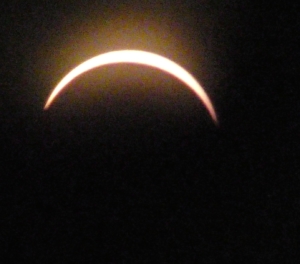 |
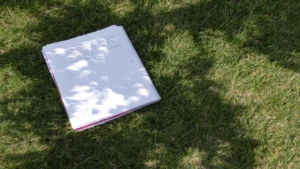 |
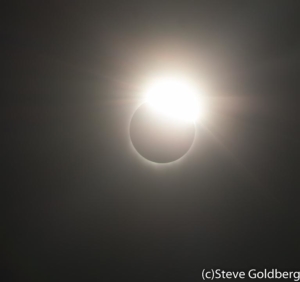 |
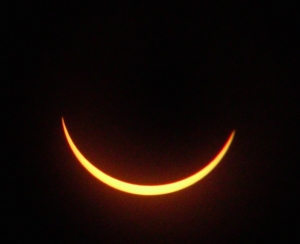 |
Websites that have more (pre-event) information on the 2017 event itself:
- https://eclipse2017.nasa.gov/eclipse-who-what-where-when-and-how
- http://www.eclipse2017.org/
- https://en.wikipedia.org/wiki/Solar_eclipse_of_August_21,_2017
- https://www.washingtonpost.com/graphics/national/eclipse/?utm_term=.607a70c889d3
———————————————————————————–
Partial Solar Eclipse (October 23, 2014)
Images from our October eclipse viewing event are shown below, to include the small setup we used to videotape the eclipse at various times; students enjoying the show, along with Physics Faculty; and for anyone who prefers a direct view through the eyepiece, they were treated to the view that is shown in the last image. All images courtesy of Dr. Premkumar Saganti.
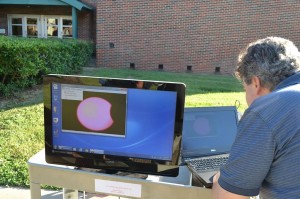 |
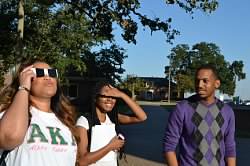 |
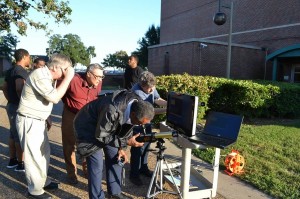 |
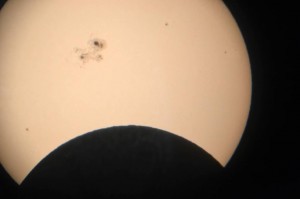 |
Check out some of the archived Spaceweather.com pages, such as this one from the day after the eclipse. Unfortunately the “Realtime Eclipse Photo Gallery” contains ALL the submitted photos organized by date, and the ones from 2014 are too far back in the gallery. One may register (for free) to be able to search the images by date or topic. For faster access of more images and information about this event, go to https://en.wikipedia.org/wiki/Solar_eclipse_of_October_23,_2014.
